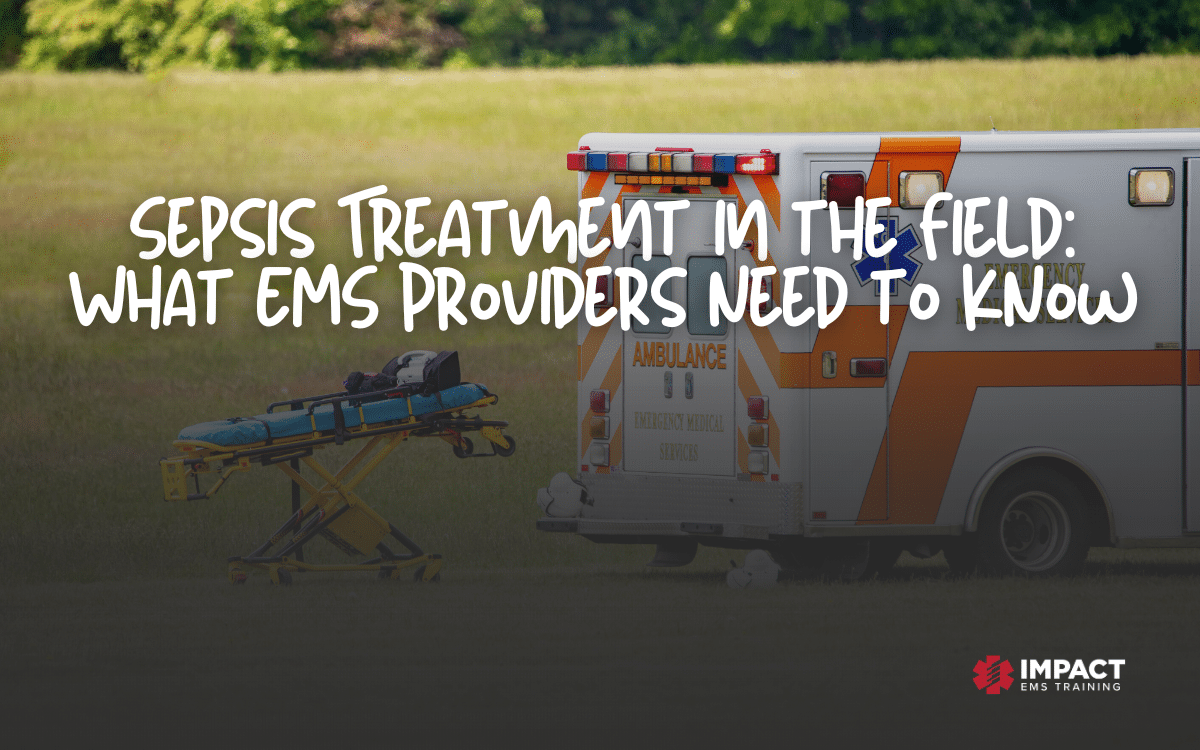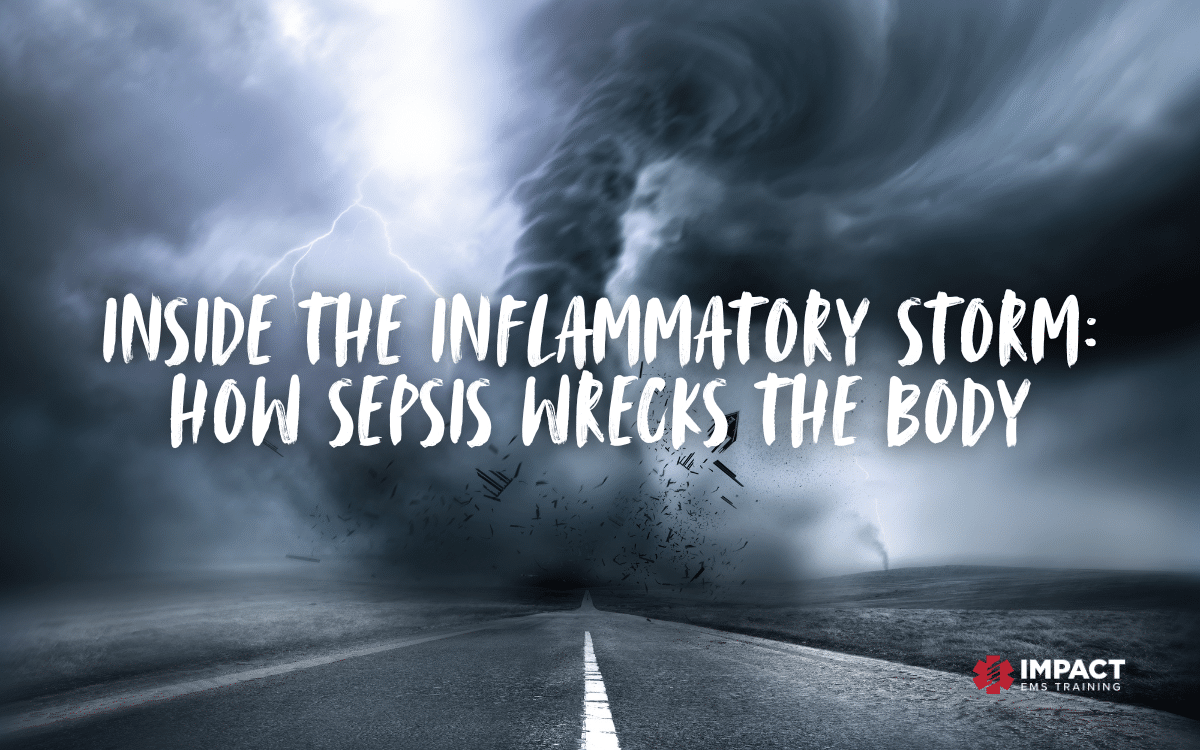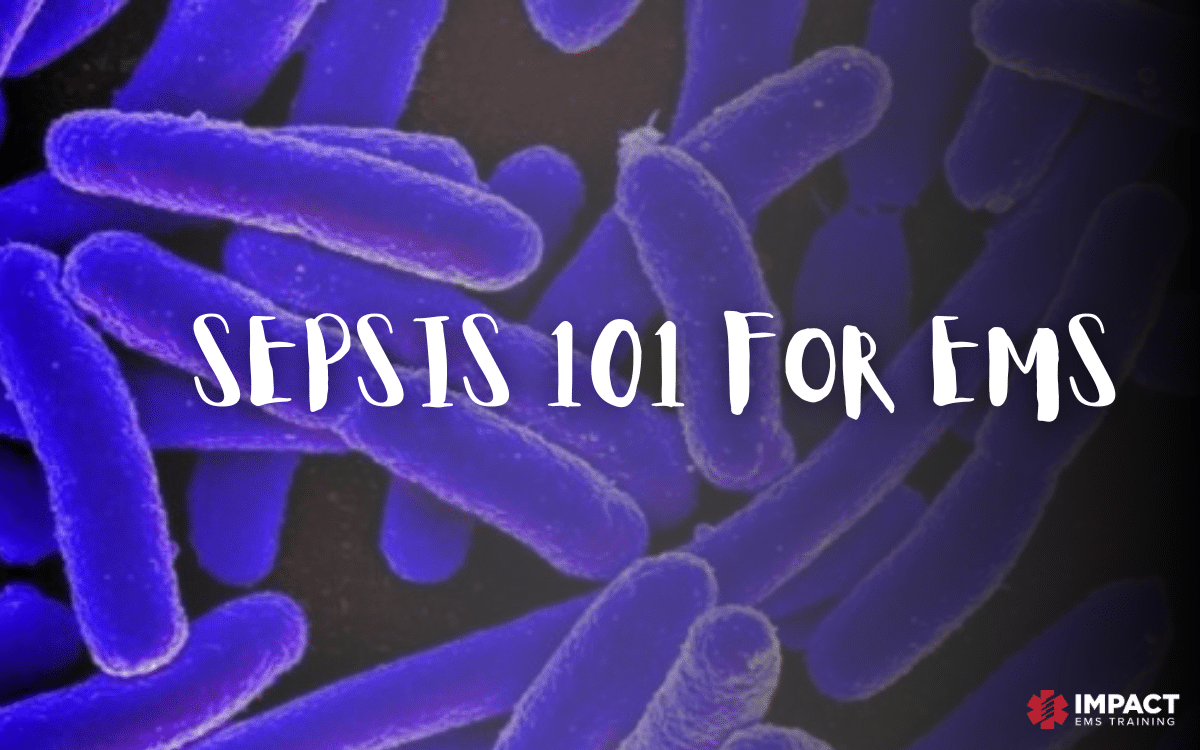You’ve practiced your skills. Memorized protocols. Drilled airway, trauma, and meds.
But the NREMT? It still trips people up.
It’s not about what you don’t know — it’s about how you’re thinking. Too many students go into the exam trying to outsmart the test, getting tangled in hypotheticals, or second-guessing their first instinct.
Let’s fix that.
This isn’t just about test prep. It’s about learning to think like the NREMT wants you to. We’ll show you how to shift from overanalyzing to mastering the mindset, so you can walk into test day clear, confident, and ready to pass.
Step 1: Know the Question Style
Most NREMT questions are:
- Scenario-based
- Prioritization-focused
- Packed with qualifiers (always, most appropriate, first step) the important typical last line of the question
You’re not picking the perfect answer. You’re picking the best of four decent ones.
Let’s take a look at one of each of the question styles and break them down.
1. Scenario-Based Question (Realistic, Situational)
Question:
You respond to a 34-year-old male who was stung by a bee while hiking. He is alert but anxious, with hives on his chest and arms. He reports difficulty breathing and a swollen tongue. His vitals are: HR 122, BP 88/60, RR 26, SpO₂ 90%. What is your immediate next action?
A) Administer high-flow oxygen and transport
B) Assist the patient in administering their epinephrine auto-injector
C) Start IV access and prepare for fluid bolus
D) Place the patient in the recovery position and monitor airway
Correct Answer: B – The signs indicate anaphylaxis with airway involvement and hypotension. The first and most effective intervention is immediate epinephrine administration. Oxygen and IV fluids are supportive but not the priority.
2. Prioritization-Focused Question (What Comes First)
Question:
You arrive on scene to find a 19-year-old involved in a motorcycle accident. He is responsive to pain only, with irregular respirations, obvious deformity to the femur, and blood pooling near the groin area. What is your first priority?
A) Stabilize the femur and splint
B) Apply a pelvic binder
C) Begin bag-valve-mask ventilations
D) Check radial pulse and skin signs
Correct Answer: C – Airway and breathing take precedence. Irregular respirations in a trauma patient with altered LOC require immediate ventilatory support. Splinting or checking pulses comes only after airway is managed.
3. Qualifier-Heavy Question (Buzzwords, Details Meant to Distract)
Question:
An elderly female with a history of CHF, COPD, and chronic renal failure presents with severe respiratory distress. She is sitting upright, using accessory muscles, and has 1+ pitting edema to the lower extremities. Lung sounds reveal crackles in all fields. SpO₂ is 82% on room air. Which of the following is the most appropriate initial treatment?
A) Administer 2 liters of oxygen via nasal cannula
B) Begin CPAP and monitor for improvement
C) Assist ventilations with a BVM
D) Apply a non-rebreather mask and prepare for intubation
Correct Answer: B – CPAP is the best initial intervention in a conscious patient with CHF exacerbation and adequate spontaneous breathing. The qualifiers are there to overwhelm, but the clinical picture (CHF, crackles, SpO₂ 82%) screams pulmonary edema and points to CPAP.
Step 2: Think in Sequence
NREMT loves asking: “What would you do next?” If you know your skill sheets, you’ll recognize the logic.
- Bleeding controlled → assess airway
- Spinal motion restriction in place → assess breathing
- CPR started → AED attached
Treat each item like a flowchart. There’s a reason the AHA and teaches their provider level courses in algorithmic format.
Step 3: Decode the TEIs
New question types include:
- List ordering (e.g., sequence steps for airway management)
- Multiple-response (e.g., choose all symptoms of allergic reaction)
- Drag and drop (e.g., assign treatments to providers)
Let’s look over a full set of questions that incorporate TEIs similar to how you will be asked on your exam.
Practice these. Slow down. Read the instructions twice.
Scenario
You are dispatched to a 45-year-old male with difficulty breathing at a construction site. On arrival, the patient is sitting upright, visibly anxious, and gasping for air. He is able to speak only in short phrases. A co-worker says the patient collapsed briefly and has a history of asthma. You hear wheezing on auscultation, and the patient is clutching an inhaler.
Initial vitals: RR: 32 | HR: 122 | BP: 92/60 | SpO2: 87% on room air
Question 1: List Ordering
Put the following actions in the correct order based on priority of care:
1. Administer high-flow oxygen
2. Assist with prescribed metered-dose inhaler
3. Complete SAMPLE/OPQRST history
4. Position patient for comfort
5. Reassess vital signs
Correct order:
1. Position patient for comfort
2. Administer high-flow oxygen
3. Assist with prescribed metered-dose inhaler
4. Complete SAMPLE/OPQRST history
5. Reassess vital signs
Rationale: Airway and breathing always come first. Patient positioning and oxygen are immediate needs. The inhaler can be used next, and once respiratory status stabilizes, you gather history and reassess.
Question 2: Multiple-Response (Choose all that apply)
Which of the following signs and symptoms support a diagnosis of severe respiratory distress in this patient?
(Select all that apply)
• Speaking in full sentences
• SpO₂ below 90%
• Accessory muscle use
• Altered LOC or brief syncope
• Normal respiratory rate
• Audible wheezing
Correct Answers:
SpO₂ below 90%, accessory muscle use, altered LOC, audible wheezing
Rationale: These are all red flags for respiratory compromise. “Speaking in full sentences” and “normal RR” are not consistent with distress in this scenario.
Question 3: Drag and Drop
Drag each treatment or task to the provider it is most appropriate for.
(Assume you’re working with a team of three: EMT, AEMT, and Paramedic)
|
Task
|
EMT
|
AEMT
|
Paramedic
|
|---|---|---|---|
|
Apply high-flow oxygen
|
|
|
|
|
Establish IV access
|
|
|
|
|
Administer nebulized albuterol
|
|
|
|
|
Interpret 12-lead ECG
|
|
|
|
|
Administer IM epinephrine if wheezing worsens
|
|
|
|
Rationale:
• EMTs handle basic airway and oxygen.
• AEMTs can start IVs and administer some medications like albuterol.
• Paramedics handle ECG interpretation and advanced pharmacology like IM epi when indicated.
Final Advice
- Don’t second-guess yourself
- Don’t change your answer unless you know it’s wrong
- Don’t read into question patterns (hint: there are none)
Final Part Coming Up: How Bloom’s Taxonomy Can Actually Help You Pass.




